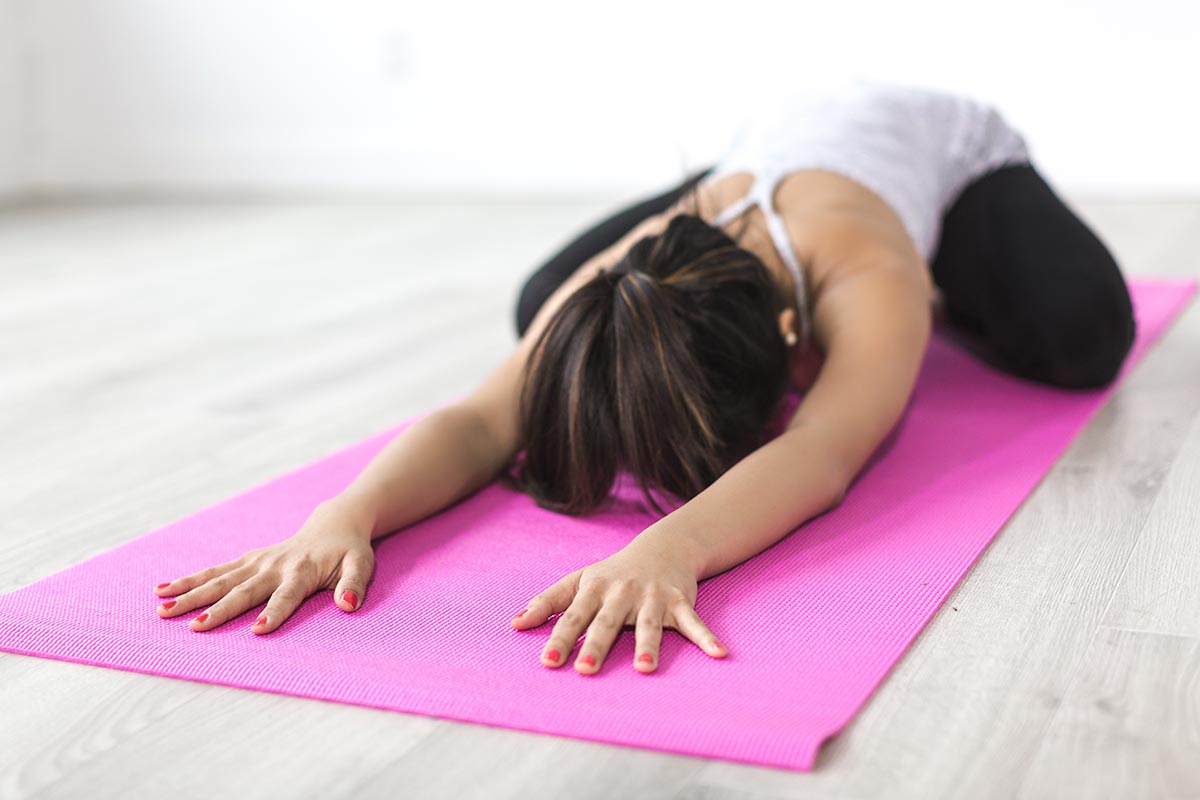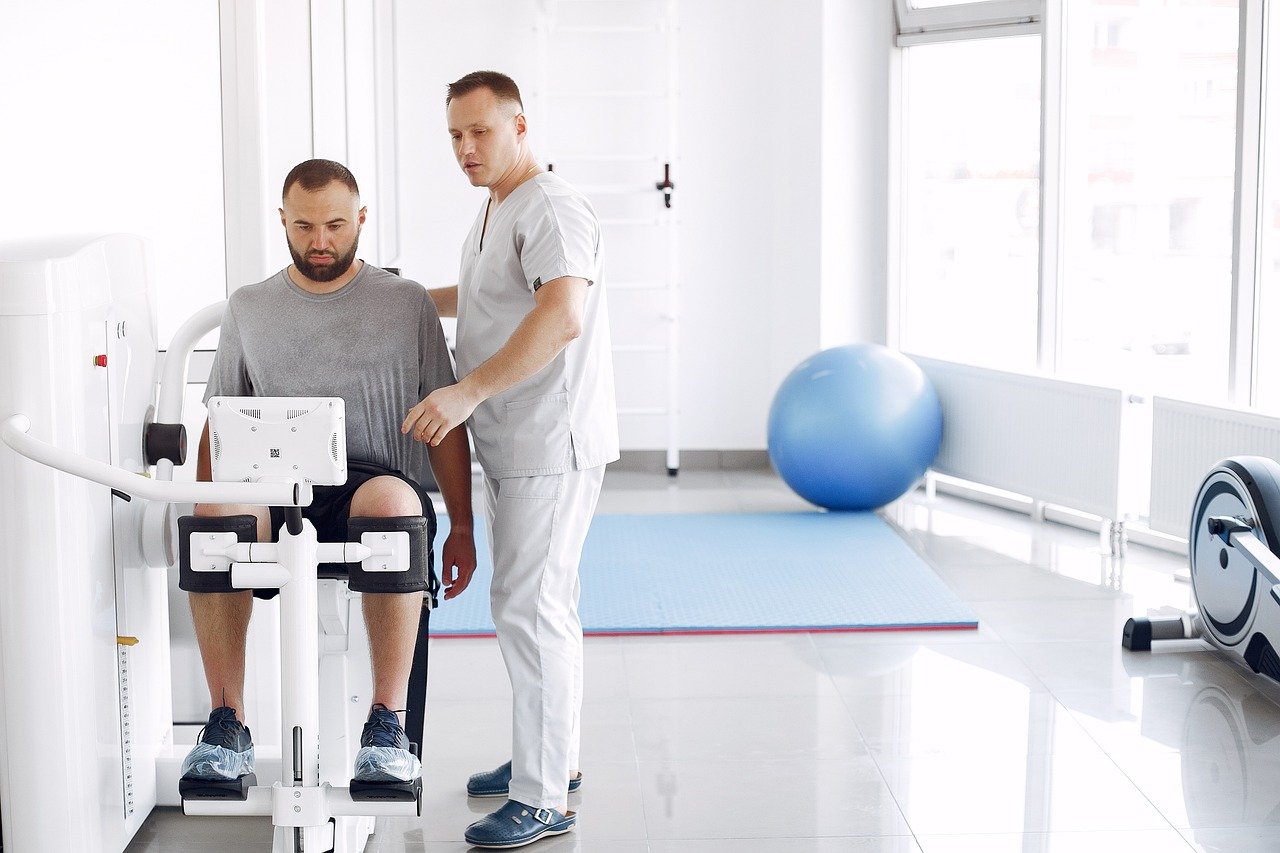Stretching is an integral part of any well-rounded training program. However, despite its popularity, many people lack a true understanding of the science and methodologies behind effective stretching. This article aims to delve into the different types of stretching, when to use them, and how to incorporate them into your fitness routine for optimal results.
The Purpose of Stretching: Beyond Flexibility
Stretching is not just about achieving flexibility; it’s about finding the right balance for your specific activities. Contrary to popular belief, more flexibility isn’t always better. As researchers Gleim and McHugh (1997) observed, “Flexibility patterns that are beneficial for one sport may not be advantageous for another.” For instance, runners with slightly tighter calf muscles may benefit from a natural spring in their stride, reducing the effort required for each step. In contrast, overly flexible calves may work harder to generate the same force.
Therefore, it’s important to identify the movements you perform most frequently and target flexibility improvements in muscles that limit your range of motion. Tailoring your stretching routine to your individual needs ensures efficiency and effectiveness in your training.
Types of Stretching: What Works and When
Dynamic Active Stretching
This type of stretching involves controlled, muscle-powered movements, such as leg or arm swings. It is ideal for warming up before physical activity because it increases blood flow to muscles and improves flexibility without causing stiffness. Incorporating dynamic active stretching into your morning routine can also reset your nervous system, promoting better muscle regulation throughout the day.
Static Active Stretching
Static active stretching requires holding a position using the muscles being stretched, such as keeping your leg extended in the air. While effective for improving muscle control and endurance, this technique is best used after warming up or as part of a dedicated flexibility session.
Ballistic Stretching
This involves bouncing movements to push muscles, tendons, and ligaments beyond their normal range. However, it is generally not recommended due to its high risk of causing microtears and serious muscle damage, as noted by Logan and Egstrom (1961).
Static Passive Stretching
Using external assistance to hold a stretch, static passive stretching is highly effective for improving flexibility and reducing muscle tension. It’s best performed at the end of a workout when muscles are warm and more pliable. Holding stretches for at least 30 seconds allows for maximum benefit.
PNF (Proprioceptive Neuromuscular Facilitation) Stretching
PNF involves alternating between contracting and relaxing a muscle to deepen the stretch. Often performed with a partner, it is highly effective for improving both flexibility and strength but requires proper technique to avoid injury.
When and How to Stretch
Pre-Workout: Dynamic Stretching
Before engaging in physical activity, prioritize dynamic active stretching. This method aligns with the SAID principle (Specific Adaptations to Imposed Demands), which states that the body adapts specifically to the demands placed on it. Dynamic stretches mimic the movements of your workout, ensuring your muscles are prepared for the activity ahead. Combine dynamic stretching with 5-10 minutes of light cardio for an effective warm-up.
Post-Workout: Static Stretching
After your workout, focus on static passive stretching. This helps muscles relax, reduces post-exercise stiffness, and promotes recovery by improving blood flow. To enhance the effectiveness of your stretches, keep your muscles warm—wearing sweats or using a heating pad can help maintain warmth post-workout.
Morning Routine: Dynamic Stretching
Incorporating dynamic stretches into your morning routine can enhance flexibility and set the tone for the day. Simple movements like arm circles, leg swings, or torso twists are excellent for stimulating circulation and preparing your body for daily activities.
Why Static Stretching Before Workouts Is a Bad Idea
Contrary to popular belief, static stretching before exercise can be counterproductive. Studies show it reduces muscle strength and power output, as highlighted by Fowles et al. (2000). Additionally, static stretching may disrupt neuromuscular coordination, increasing the risk of injury during dynamic movements. To maximize performance and safety, save static stretches for the end of your workout.
Stretching Tips for Success
To get the most out of your stretching routine, keep these tips in mind:
• Warm up before stretching to prevent injury.
• Hold each stretch for at least 30 seconds to allow the muscle fibers to elongate.
• Avoid bouncing during stretches to reduce the risk of microtears.
• Focus on proper technique and listen to your body—stretch to the point of discomfort, not pain.
Stretching as Part of a Holistic Fitness Routine
Stretching is only one piece of the puzzle. Combine it with regular strength training, cardiovascular exercise, and proper nutrition to build a comprehensive fitness routine. Strengthening muscles that support your joints enhances stability and prevents sports injuries, while a balanced diet fuels your body for optimal performance.
Stretching, when done correctly, is a powerful tool for improving flexibility, preventing injuries, and enhancing overall performance. By understanding the science behind different types of stretching and incorporating them strategically into your routine, you can optimize your fitness journey and enjoy long-term benefits. Remember, the key is consistency and mindful execution—stretch smart, and your body will thank you.












